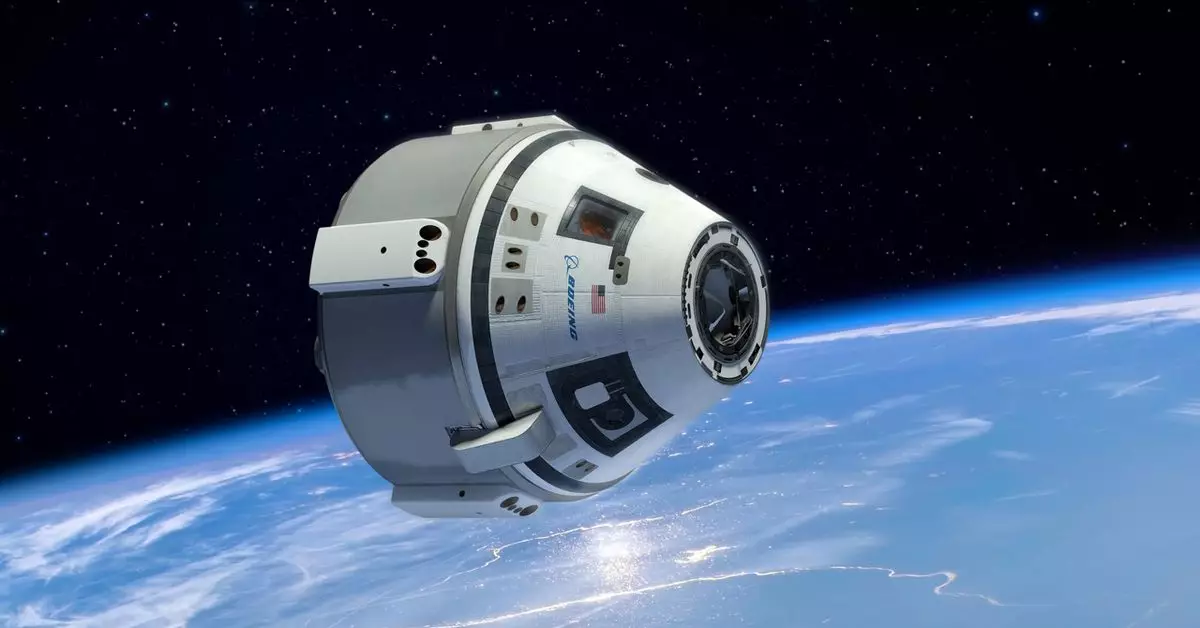NASA’s contingency plan to bring astronauts Barry Wilmore and Sunita Williams back from the International Space Station (ISS) highlights the setbacks and issues faced with the Boeing Starliner spacecraft. Initially scheduled for a week-long stay aboard the ISS, the astronauts have been stranded in orbit for over two months due to thruster failures, helium leaks, and docking complications.
The backup plan outlined by NASA involves relying on SpaceX’s Crew-9 mission for the return of the stranded astronauts. While Boeing’s Starliner was supposed to provide the return trip for Wilmore and Williams, the delays and safety concerns have prompted officials to consider SpaceX as an alternative option.
Boeing’s Starliner program has faced significant delays and cost overruns, with the recent issues further tarnishing its reputation. From thruster failures to criminal fraud charges, Boeing has had a turbulent year. The deformed Teflon seals identified as a potential cause of the thruster failures have put the Starliner’s safety into question.
NASA is expected to make a final decision on whether the astronauts will return using Boeing’s spacecraft by mid-August. While Starliner remains NASA’s preferred solution, the backup plan involving SpaceX’s Crew-9 mission provides an alternative if needed. The potential reconfiguration of the Starliner craft for an uncrewed return ahead of the SpaceX launch demonstrates the flexibility required in such critical situations.
The challenges faced by Boeing and NASA in the execution of the crewed test flight underscore the complexities and risks involved in space travel. As private companies like SpaceX and Boeing continue to collaborate with government agencies for space missions, ensuring the safety and reliability of spacecraft is paramount. The outcome of this contingency plan could have lasting implications for the future of commercial space travel.


Leave a Reply